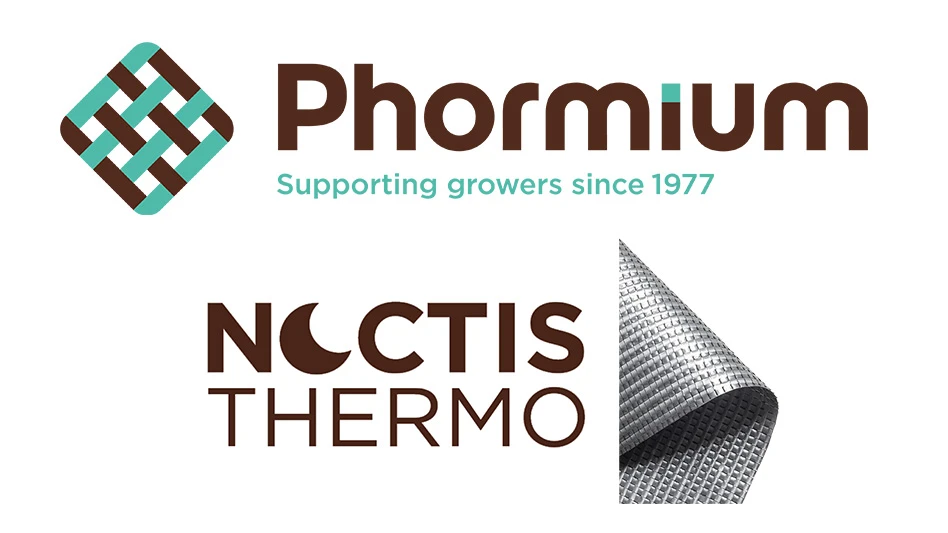
One of the oldest rules in human medicine is that “prevention is the greatest cure.” Instead of waiting until you get sick or injured to go see a doctor for a cure, it’s better to avoid getting sick in the first place. According to Johnny Wilson, technical service lead for specialty agriculture business at Central Life Sciences, this rule is just as true for plants as it is for people.
“The popular thing to do is to deal with the problem when you see the problem, but by then, it's too late,” Wilson says. “And it's kind of backwards logic.” By the time a grower sees bugs on a crop, those bugs have already damaged the plant. So if that’s when a grower starts to implement pest control practices, they’re starting behind the eight ball and constantly playing catch up. Instead, it’s important to have mitigation strategies in place before the bugs even touch the plants.
“Insect growth regulators (IGRs) help establish dominance over that insect population growth curve before they even have a chance to establish a foothold in the crop and cause a problem,” Wilson explains.
Another important quality of IGRs from Central Life Sciences is the short restricted entry intervals, which is how long you have to wait after applying a product before you can reenter the greenhouse. IGRs typically have shorter restricted entry intervals than adulticides. “Something like Enstar AQ is going to have a restricted interval of only four hours, which means you can get back in there and get back to work much faster and resume operations,” Wilson explains.
Central Life Sciences also provides water-based IGRs, which allow them to be tank mixed and blended with other chemicals, so growers can apply multiple different chemicals in one application.
By figuring out the right mix ahead of time, growers can potentially only do one drench, so they’ll have fewer inputs and become more efficient. For Wilson, this ease of use is key. Labor is still an issue, so manual applications can be difficult. The more that a grower can do to minimize the number of applications they have to make, the better off their operation will be. If a team can mix a drench ahead of time so that they only need to apply one chemical, that saves time and labor, as well as electricity costs, especially as the scale of an operation increases.
Another important aspect of products from Central Life Sciences that Wilson is particularly proud of is the low to no phytotoxicity concerns. This aspect is especially important for delicate ornamental crops. The last thing a grower wants is to give a customer a poinsettia with brown spots all over. With Central Life Sciences’ low-phytotoxicity IGRs, growers don’t have to worry about that problem.

Explore the September 2023 Issue
Check out more from this issue and find your next story to read.
Latest from Greenhouse Management
- This month's Greenhouse Management magazine is about native plants and sustainability
- The HC Companies, Classic Home & Garden merge as Growscape
- Terra Nova releases new echinacea variety, 'Fringe Festival'
- Eason Horticultural Resources will now officially be known as EHR
- BioWorks receives EPA approval for new biological insecticide for thrips, aphids, whiteflies
- ScottsMiracle-Gro transfers cannabis subsidiary to focus on core lawn and garden business
- Should we start calling natives 'eco-beneficial plants'?
- Ellen Mackenbach-Lakeman appointed new CEO of Dümmen Orange





